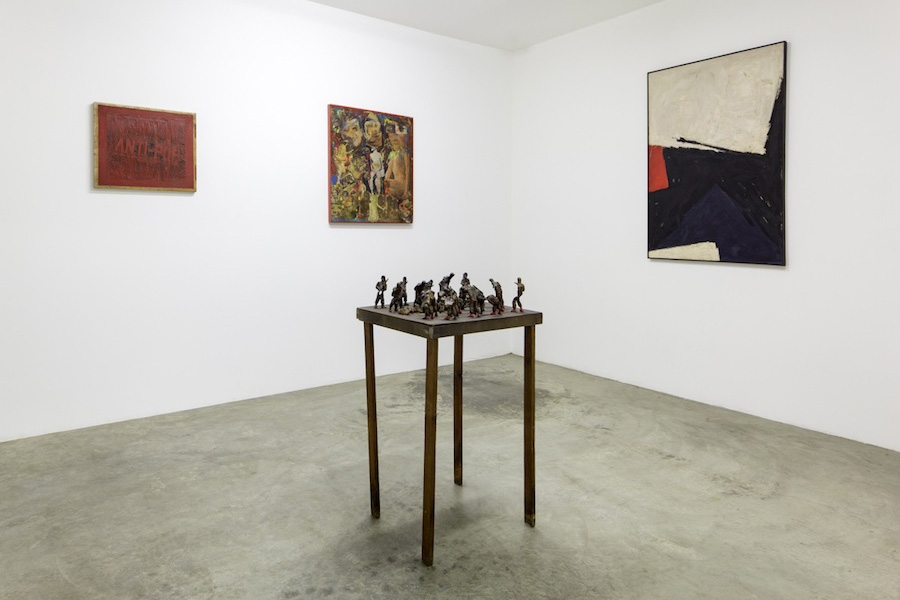
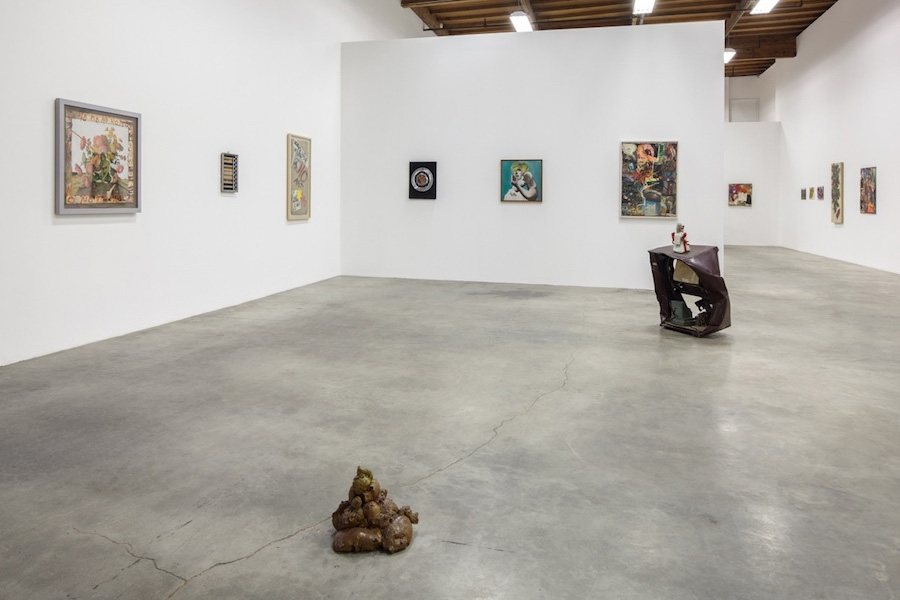
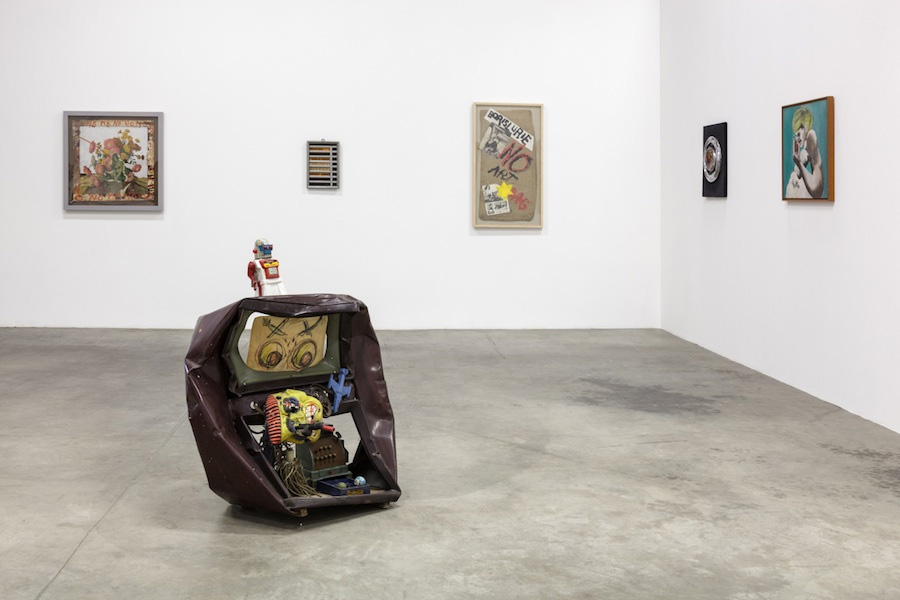
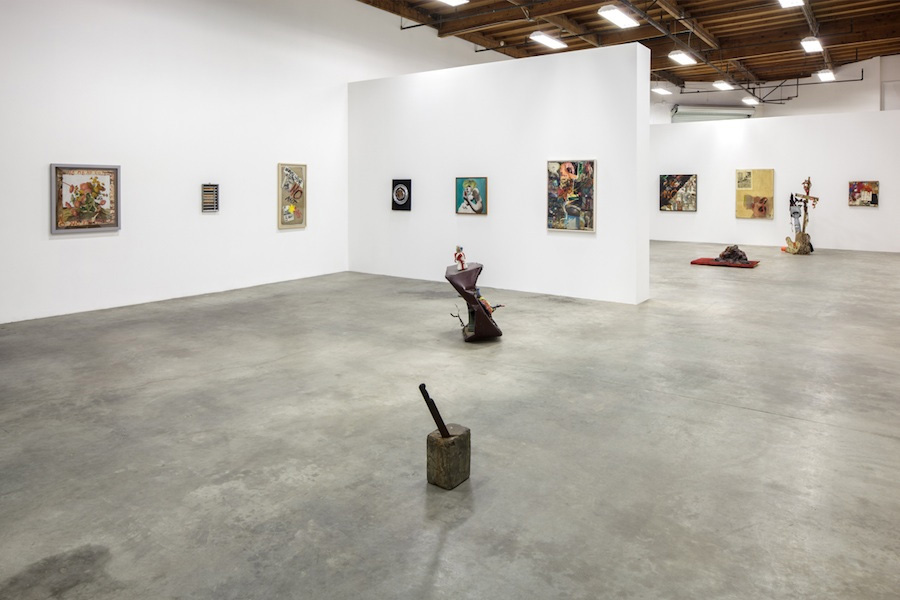
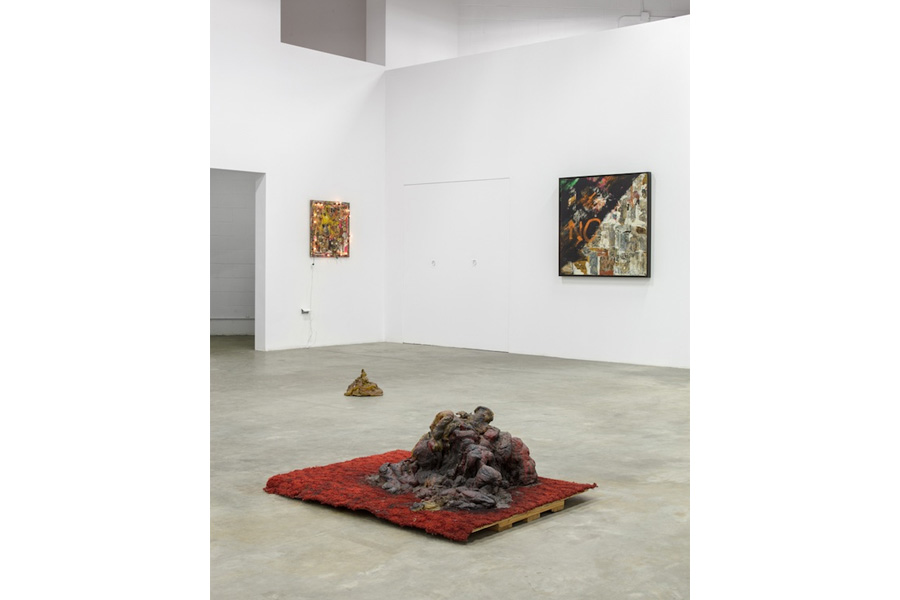
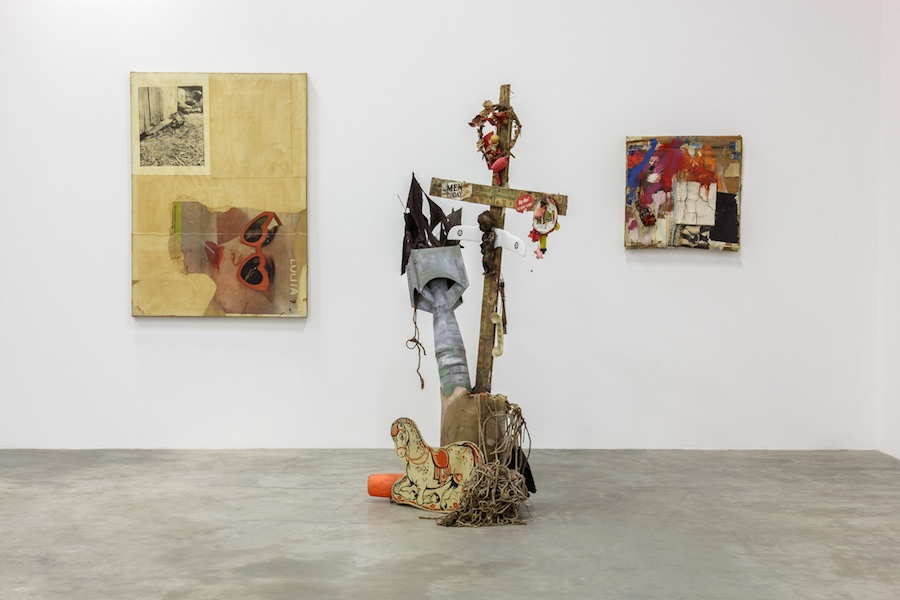
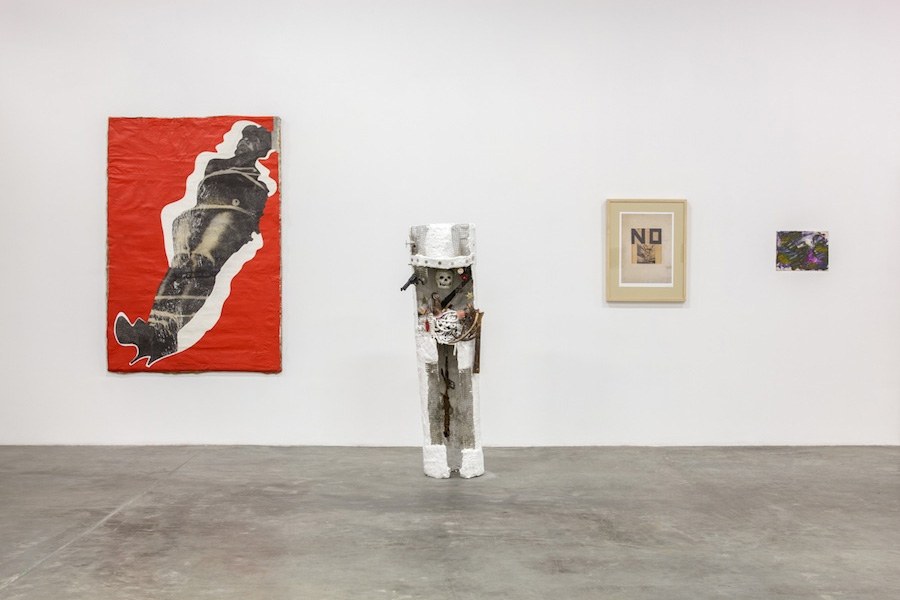
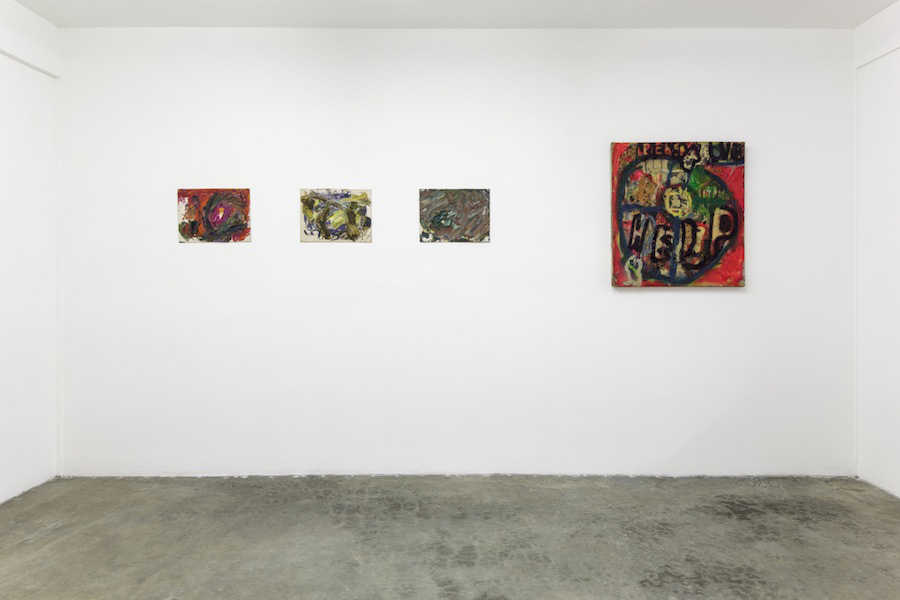
The Three Prophets:
Stanley Fisher
Sam Goodman
Boris Lurie
27 April - 22 June, 2013
Opening Reception: April 27, 6 - 9pm
Our next exhibition at The Box, The Three Prophets: Stanley Fisher, Sam Goodman and Boris Lurie, will present work by the three founders of the NO!art movement. This will be the first exhibition in Los Angeles to include these three revolutionary artists together, with the majority of this work never having been shown in LA. The NO!art movement was founded in 1959 in New York City by Fisher, Goodman and Lurie as a reaction to the commercialization of the art market that was just picking up steam in relationship to Abstract Expressionism and Pop Art. Looking through the work of these three men, one is also impressed with their ability to express the pain and struggle of their lives. The approximate dates of the movement are 1959-1964. There were many artists involved with NO!, including John Fischer, Al D’Arcangelo, Gloria Graves, Wolf Vostell, Yayoi Kusama, Lil Piccard, Dorothy Gillepsie, Guenter Brus, Ferro, and Isser Aranovici (to name a few).
Stanley Fisher (1926-1980) who lived and worked in New York City was first known as a political beat poet and editor of publications such as Beat Coast East; An Anthology of Rebellion. He was respected as a poet whose ease and gift of wordsmith was essential in developing and sharing the ideals of the NO!art movement. Fisher’s work as a medic during the Battle of Normandy might have influenced his prose and visual work, which illustrates bodies that are sexualized, isolated and falling apart. An example of such visual work can be seen in the exhibition in a piece titled “Sex”, 1963.
Sam Goodman (1919 – 1967) was born in Toronto where he founded the Experimental Arts Group. In 1947 he moved to New York after he had served in the Canadian army during WWII. He was known in the NY art scene of the 40s and 50s for his energetic abstract paintings made by using a palette knife to slash the canvas with thick passages of paint or by attaching a brush to the end of a broom handle or golf club. He continued to use a gestural form of abstraction in later works of the 60s, some of which you will see in the show. A sculpture in the show, Chess Set A Moment of Truth, depicts a pair of warring toy soldiers upon a tabletop. This is a good example of Goodman’s use of dark humor; forcing the reality of death on a game board.
Boris Lurie (1924 -2008) was born in Leningrad, Russia. He spent four years of his adolescent life in a concentration camp, where his mother and sister both died. In 1946 he moved to New York. He was the heart of the NO!art movement. Along with Goodman and Fisher, Lurie opened the March Gallery, an artist run space. The artists first became known as the March Group, later becoming the NO!art movement. Lurie has become known for his unabashed, striking collages of pin up girls alongside images of bodies from the Holocaust. One such collage in the show was originally titled Railroad to America, 1959 according to the book published by Boris Lurie and Seymour Krim NO!art, Pin Ups, Excrement, Jew-Art, but later changed to Railroad Collage. In this collage, you see an open railroad car full of people killed in concentration camps with the centerpiece being a photograph of a buxom lady pulling down her panties; the work’s original title, Railroad to America, points to Lurie’s interest in the vulgarity of America’s obsession with consumerism.
These three men started a movement that questioned the mass marketing of the artistic hand. Their work has often been understood as having come only from the pain of their experience of war. But one has to wonder if the work came only from this pain. I think not.